Icy, majestic, and still largely unexplored. Antarctica, the world’s seventh continent, sparks curiosity and inspires dreams in many. Here we’ve gathered ten interesting facts about this frozen and remote world – a place that has fascinated explorers, adventurers, and scientists for centuries.
1. Antarctica is the world’s largest desert
It might sound strange, but Antarctica is actually classified as a desert – despite all the ice. Precipitation is extremely low, making it the driest place on Earth.
2. No official time zone
Since all time zones converge at the South Pole, each research station uses the time that suits them best – often the time of their home country or the nearest logistical hub..
3. More penguins than people
There are no permanent residents in Antarctica – only seasonal staff at research stations. At the same time, millions of penguins live here, including gentoo and Adélie penguins.
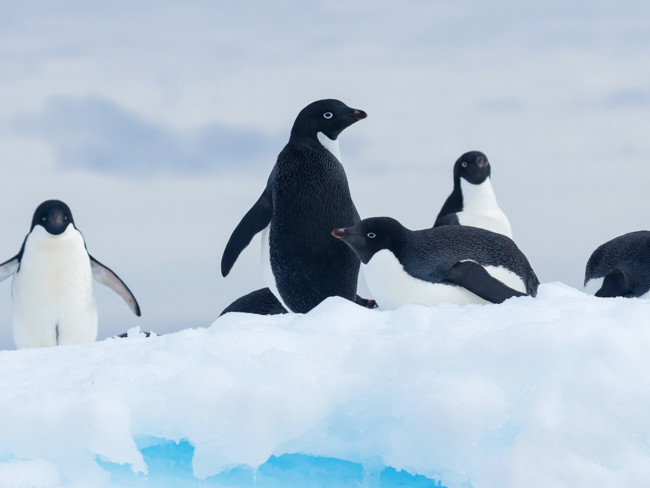
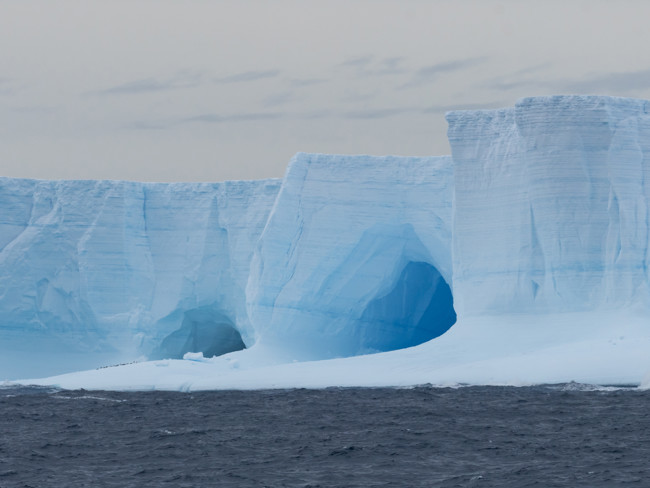
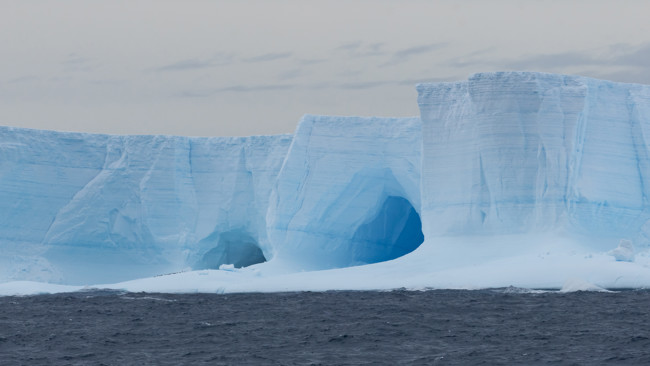
4. The world’s southernmost post office
At Port Lockroy, a British research station on the Antarctic Peninsula, there is a small post office where visitors can send postcards home – complete with an Antarctic stamp.
5. Home to active volcanoes
Beneath the frozen landscape, fire lies hidden! Mount Erebus is the world’s southernmost active volcano – and one of the few with a persistent lava lake in its crater.
6. The coldest place on Earth
The lowest temperature ever recorded on Earth is –89.2 °C. It was measured at the Russian Vostok Station on July 21, 1983.
7. Fish with “antifreeze” live here
Some fish that inhabit Antarctica’s icy waters have developed a kind of natural “antifreeze” in their blood – special proteins that prevent their bodily fluids from freezing..
8. 70% of the world’s freshwater is found here
Antarctica’s ice sheets are massive – they cover almost the entire continent and hold about 70% of the world’s freshwater and 90% of all the ice on Earth.
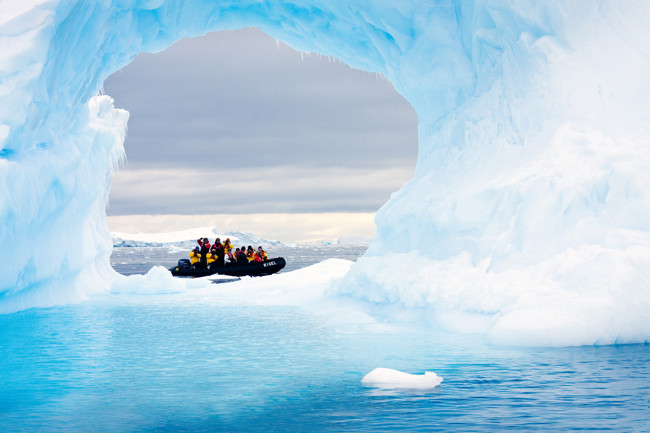
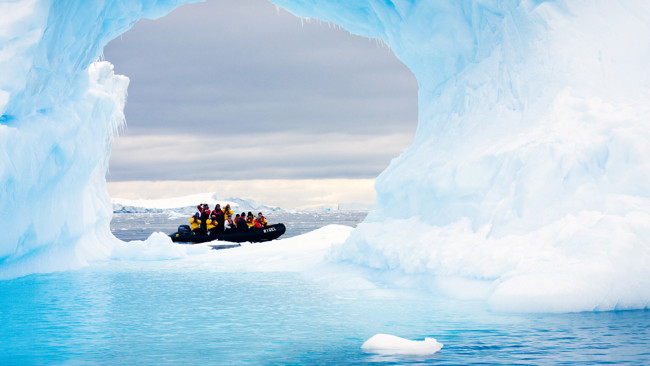
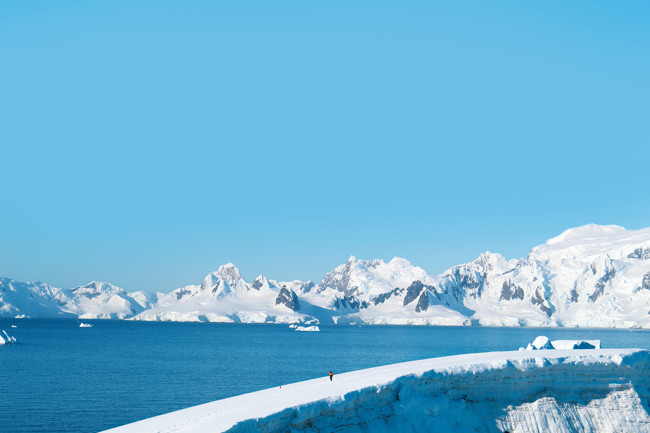
9. Moss can survive for 1,000 years
In Antarctica, there are mosses that can survive frozen under ice for over a thousand years – and start growing again when conditions become favorable.
10. The world’s coldest marathon
For those seeking a truly icy adventure, the Antarctic Ice Marathon is held every year. Participants run 42 kilometers through snow and ice, often in sub-zero temperatures – an extreme challenge!










